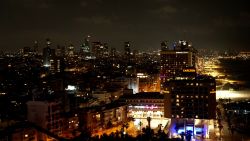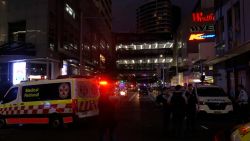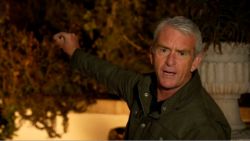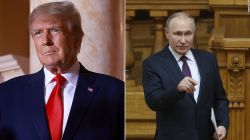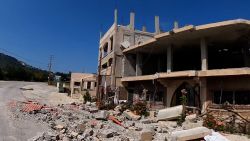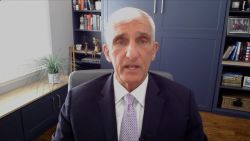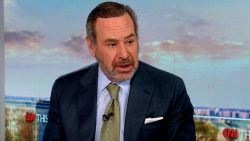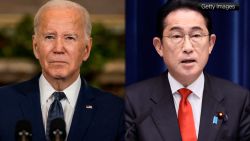Turkey has launched a military operation in Syria. Here’s what you need to know.
What happened Wednesday?
Turkey launched a military offensive into northeastern Syria on Wednesday, just days after President Donald Trump’s administration announced that US troops would leave the border area.
As a barrage of airstrikes and artillery fire volleyed into northern Syria, hundreds of civilians fled areas on the border with Turkey, two Kurdish People’s Protection Units (YPG) fighters and witnesses told CNN.
Tal Abyad in northern Syria and the border town of Ras al-Ain were among the areas that were targeted, a US official familiar with operations in the region said.
Why is Turkey attacking?
“Our aim is to destroy the terror corridor which is trying to be established on our southern border and to bring peace and peace to the region,” Turkish President Recep Tayyip Erdogan tweeted, announcing that the operation had begun.
The Syrian Democratic Forces (SDF) who operate in the region are Kurdish-led. And while the Kurds have been Washington’s staunchest and most effective allies in the war against ISIS, Turkey regards the YPG as a terrorist group affiliated with the Kurdistan Workers’ Party (PKK) – which has fought the Turkish state for more than three decades.
The Turks have long been extremely unhappy about the strong Kurdish presence in northeast Syria near the Turkish border. Turkey’s military had already moved into portions of areas previously held by SDF, but now Washington’s decision provided Ankara with the green light to follow through on its plans to create a buffer zone in northern Syria.
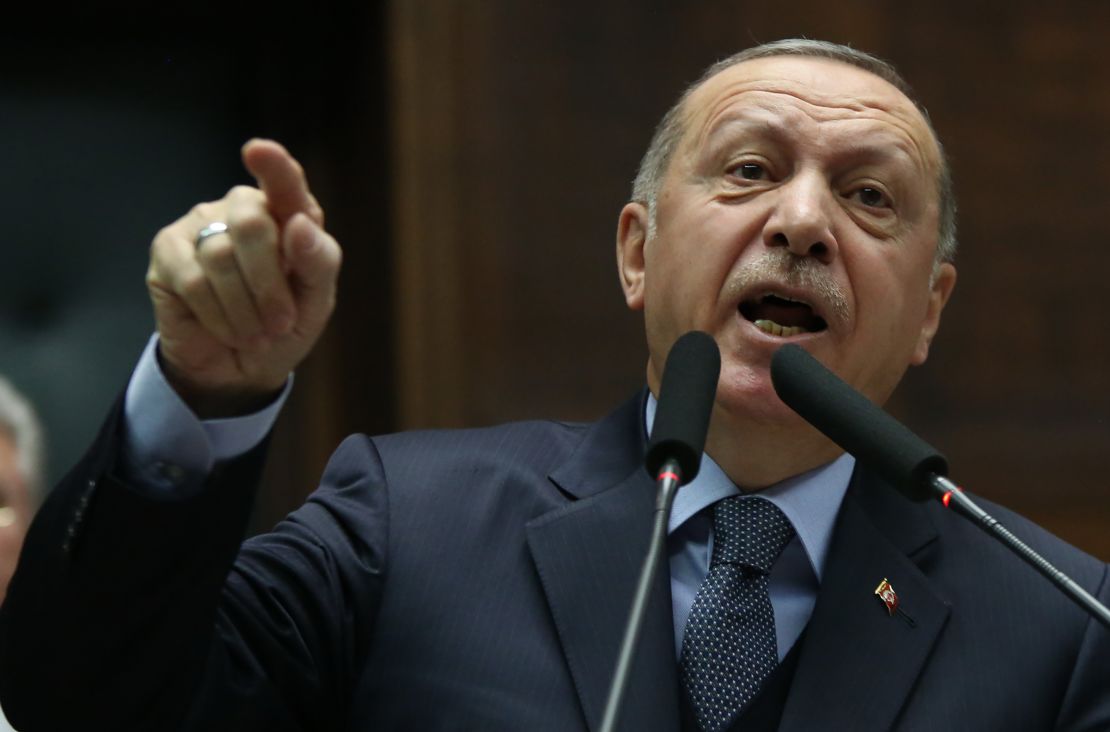
Turkey does not only want to ensure that the Kurdish forces withdraw from these areas, they also want to resettle around 2 million Syrian refugees there. During the worst of the fighting of the Syrian conflict, around 3.6 million Syrians fled to Turkey. Many of those people are now either living in giant makeshift camps or in towns in the border region. The Turks hope to achieve two objectives by creating a buffer zone: drive the Kurds away from their border and repatriate a large number of Syrians.
What’s been happening in Syria lately?
Syria’s devastating, years-long war recently moved into a new phase which could be described as one of “consolidation.”
With the help of Russia and Iran, the Syrian military managed to all but defeat the insurgency looking to unseat Syrian President Bashar al-Assad.
At the same time, the US-led coalition with the SDF – and to an extent Russian and Iranian forces – drove ISIS to the brink of destruction, at least territorially.
ISIS holds virtually no more territory. However, the US warns there are still tens of thousands of ISIS fighters hiding in both Iraq and Syria.
The SDF still holds thousands of ISIS fighters captured in battle. Many of those fighters are from foreign countries, often from Europe.
The Trump administration has long warned European nations that the US will have to release them, if the Europeans don’t take their citizens back.
Now, Trump says Turkey could take responsibility for the captured fighters. No plan for a prisoner handover has been made public.
How did the SDF react?
The SDF reacted with anger and disgust to Trump’s withdrawal announcement, saying it would jeopardize regional security and risk the lives of people living in the region. They also vowed to defend the territory they fought so hard to liberate from ISIS.
Shervan Darwish, a spokesman for Syria’s Manbij Military Council – which is a coalition of SDF groups – warned that an offensive would “give a morale boost to ISIS’s sleeper sells and will create a vacuum that ISIS will certainly use.”
The group also wrote that it will hold the United Nations, America, the European Union and Russia responsible “for any humanitarian catastrophe inflicted on our people in northern and eastern Syria.”
Before the offensive was announced, the Autonomous Administration of North and East Syria (also known as the Kurdish Administration in Northeastern Syria) called up all civilians for a three day “general mobilization” to defend the region against Turkey’s military offensive.
The SDF said Wednesday that it had suspended its operations against ISIS in order to focus on the Turkish attack.
How has the world reacted?
After Turkey launched airstrikes, the North Atlantic Treaty Organization (NATO) urged its member Turkey “to act with restraint and to ensure that any action it may take in Northern Syria is proportionate and measured.”
“We must not jeopardise the gains we have made together against our common enemy, ISIS. Because ISIS continues to pose a grave threat to the Middle East and North Africa, and to all our nations,” NATO Secretary General Jens Stoltenberg said Wednesday.
According to a statement released by the Kremlin, Russian President Vladimir Putin asked Erdogan “to carefully weigh the situation so as not to harm the overall efforts to resolve the Syrian crisis.”
Why was the US in northern Syria?
After ISIS took over large parts of northeastern Syria and northwestern Iraq years ago, the US put together a coalition to combat the terror group.
While Western powers brought a lot of air power to the battlefield, they always had problems mustering a viable ground force to reclaim land.
The Iraqi and Syrian Kurds proved to be among the most effective anti-ISIS fighters, and Washington relied on them to not only conduct ground offensives but even to call in US airstrikes.
As part of the effort to make the mostly Kurdish SDF more effective, the US and other nations embedded special forces with them. At the end of most of the Syrian combat operations, Turkey began voicing concern about the strong Kurdish presence in northern Syria.
The US left forces in Syria to continue the fight against ISIS, but also to prevent Turkey from invading northern Syria and driving out the US-supported Kurdish militias there.
As of last month, the US said about 1,000 US troops were operating in northeastern Syria. Sunday’s statement did not specify if this constituted a full withdrawal of personnel from the country.
What does it mean for the fight against ISIS?
The US military has long warned that the fight against ISIS is not over. While the terror group has lost the territory it used to call its “caliphate,” there are still tens of thousands of ISIS fighters on the loose in both Syria and Iraq, according to Washington.
On top of that, tens of thousands of people formerly living in ISIS-controlled areas in northeastern Syria – some of them staunch supporters of the group – have been taken to large camps. The largest is al-Hol, which has around 50,000 inhabitants.
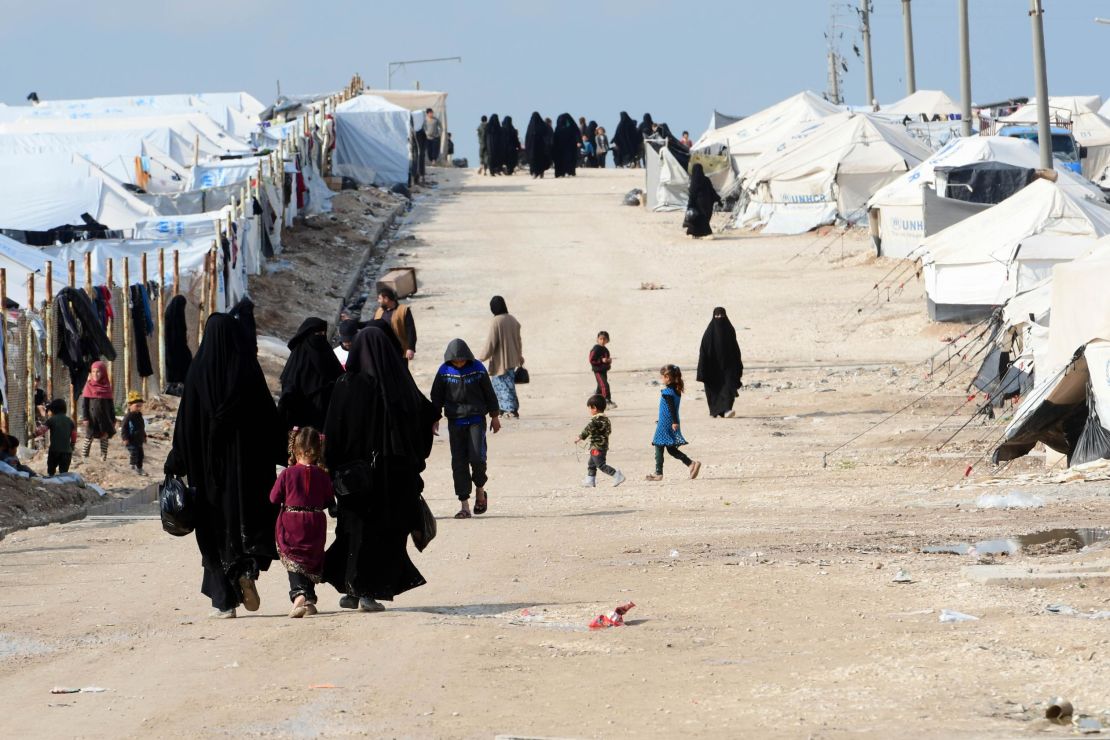
Kurdish-led groups also hold thousands of ISIS prisoners, while ISIS leader Abu Bakr al-Bagdadi has recently called on his supporters to break the ISIS prisoners out of jail.
So while ISIS is weakened, it is still around, and still dangerous. This was the main reason the US gave for staying in Syria, even after ISIS lost its last enclaves earlier this year. ISIS, the US believes, still has the power and capability to regroup and re-emerge. The Kurds have warned that the chance of ISIS coming back will rise considerably if Turkey moves into northeast Syria.
“We were doing our best to provide the best kind of security in the prisons and in the camps … [but] with the Turkish invasion … we are forced to pull out some of our troops from the prisons and from the camps to the border to protect our people,” SDF spokesman Mustafa Bali told CNN.
What will happen next?
While the Kurds have vowed to defend the territory they currently control, it is hard to see them matching up against the well-equipped and powerful Turkish military. The only way out for the Kurds may be seeking protection from Russia and its ally, Syrian President Bashar al-Assad.
And while Syria’s Kurds have long wanted more autonomy from Damascus, they are not against the Assad government per se. In fact, Kurdish fighters fought alongside the Syrian military in some of the battles of the country’s civil war.
Faced with the Turkish incursion, the Kurds might already be on the phone to Assad and the Russian military since they certainly would view Syrian government control as a lot better than a battle against the Turkish army.
Another big question is what will happen with the many displaced people in the former ISIS-controlled areas and the ISIS fighters now being held by the SDF.
Former US envoy Brett McGurk believes Turkey is ill-equipped to deal with the situation, while President Trump has made it clear that he does not want to deal with it any longer. It’s very difficult to predict what will happen next in northern Syria, but the immediate future certainly does not look bright.






